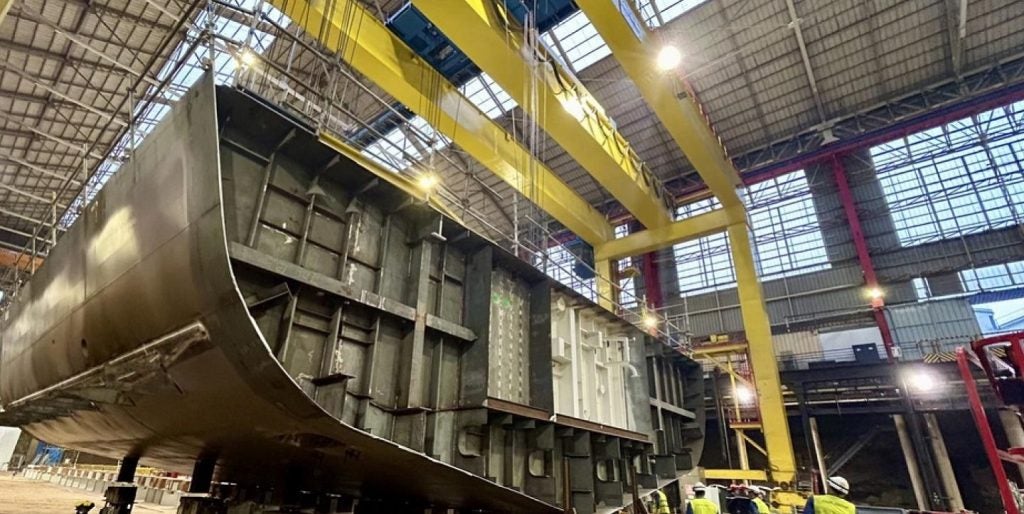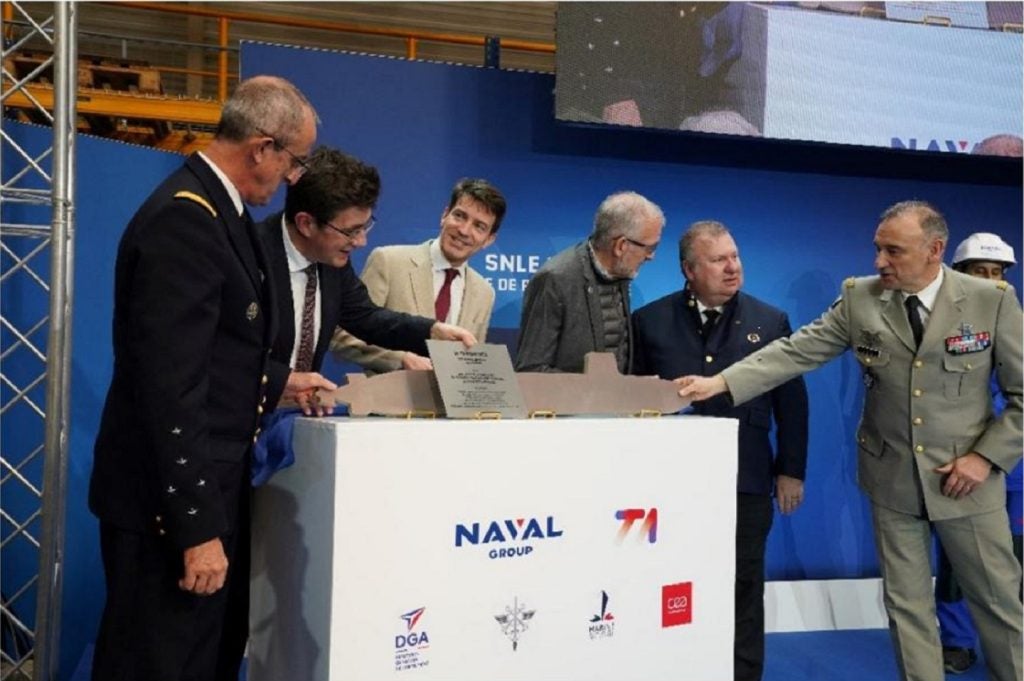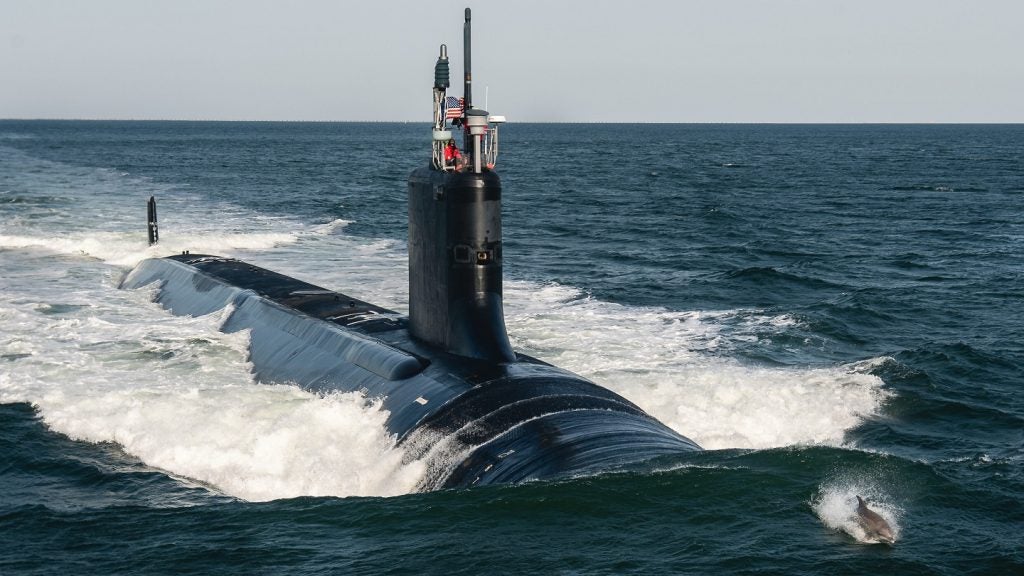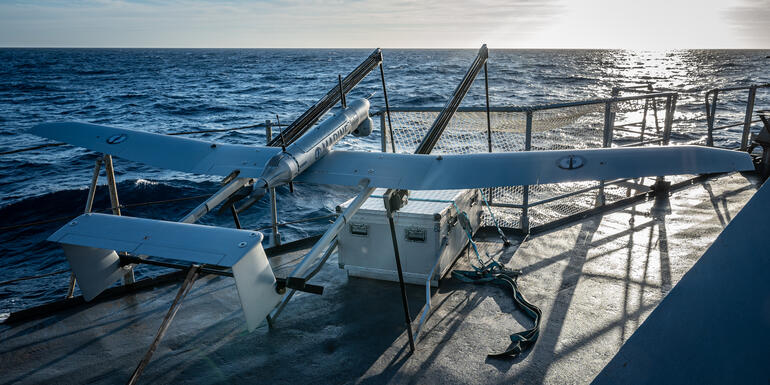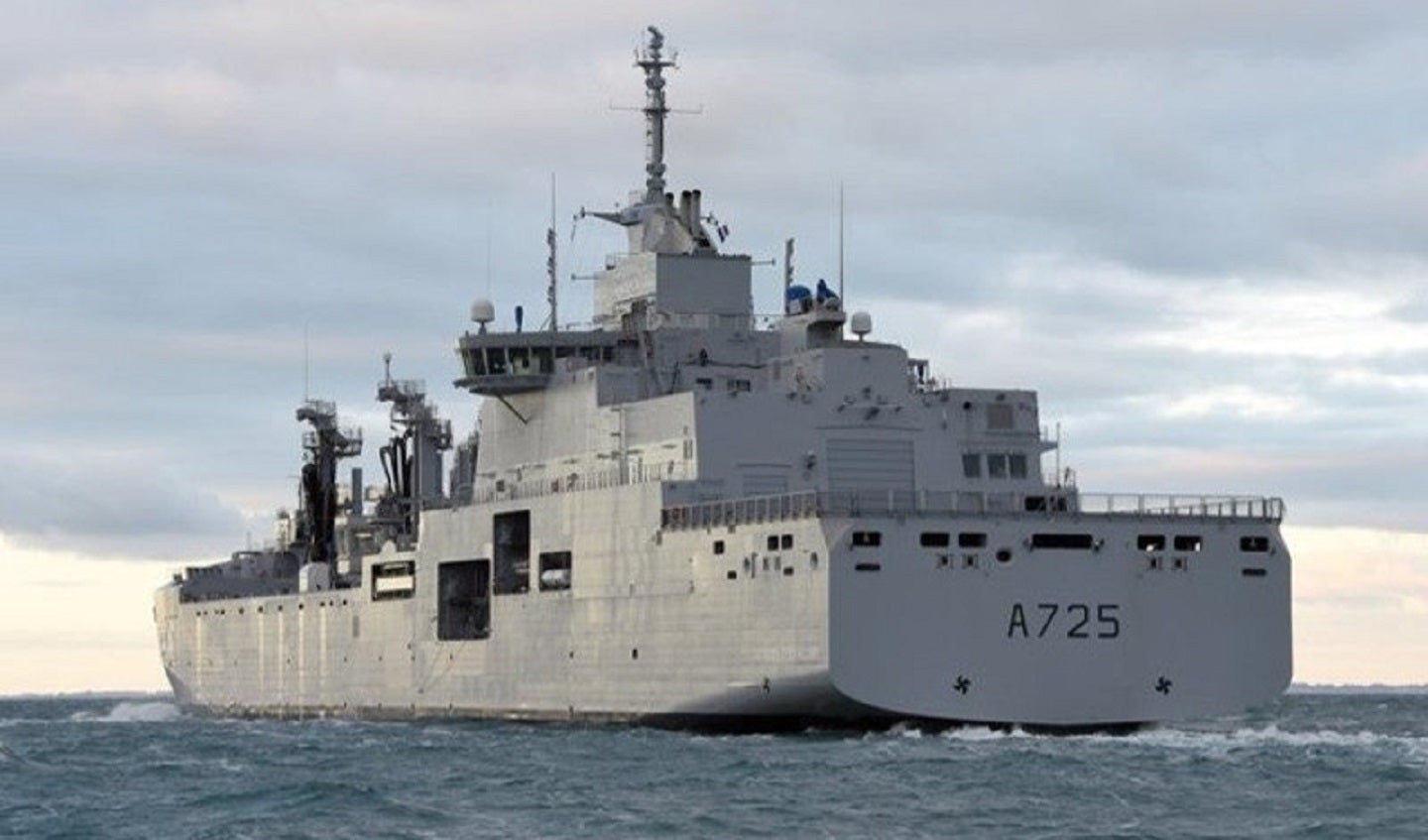
The French Navy, the Directorate General of Armaments (DGA) and the Organisation Co-operation in Armaments (OCCAR) are celebrating the reception of the Jacques Chevallier replenishment vessel.
BRF Jacques Chevallier is the first of four supply ships in France’s Bâtiment ravitailleur de forces (BRF) fleet. The French Navy is celebrating the induction of the ship at Toulon naval base today according to a press release from the 12 July.
France’s new tanker is the first force supply ship of the French Navy’s ‘Logistics fleet’ (FLOTLOG) piloted by the DGA. This programme is a co-operation with Italy under a contract with the OCCAR.
Launched on 29 April 2022 at the Chantiers de l’Atlantique site in St Nazaire, the ship will complete its ongoing, long-term deployment prior to admission to active duty. The navy plans to induct two additional ships into service by 2027, while the fourth and final ship will be in service by 2030.
Vast Indo-Pacific requires vast supplies
GlobalData tells us that the French Navy’s current replenishment fleet includes two Durance-class ships, Marne and Somme, which were originally procured between 1976 and 1990.
The navy’s four BRF ships will provide more support for the French Navy as tensions increase in the geopolitical environment, particularly the US-China rivalry in the Indo-Pacific, where European countries have increased their presence as a demonstration of deterrence.
How well do you really know your competitors?
Access the most comprehensive Company Profiles on the market, powered by GlobalData. Save hours of research. Gain competitive edge.

Thank you!
Your download email will arrive shortly
Not ready to buy yet? Download a free sample
We are confident about the unique quality of our Company Profiles. However, we want you to make the most beneficial decision for your business, so we offer a free sample that you can download by submitting the below form
By GlobalDataMoreover, as France’s allies pivot to the Indo-Pacific region, in the face of heightened China-Taiwan tensions, France is increasingly having to prepare to operate in a multipolar environment.
GlobalData expects the total value of France’s naval sector to remain at a relatively constant level. It will fluctuate slightly during the next decade, starting at $968.2m (€861.5m) in 2023. This then rises to $1.1bn in 2025 after which the value drops slightly before rising again to $1.2bn in 2028.



